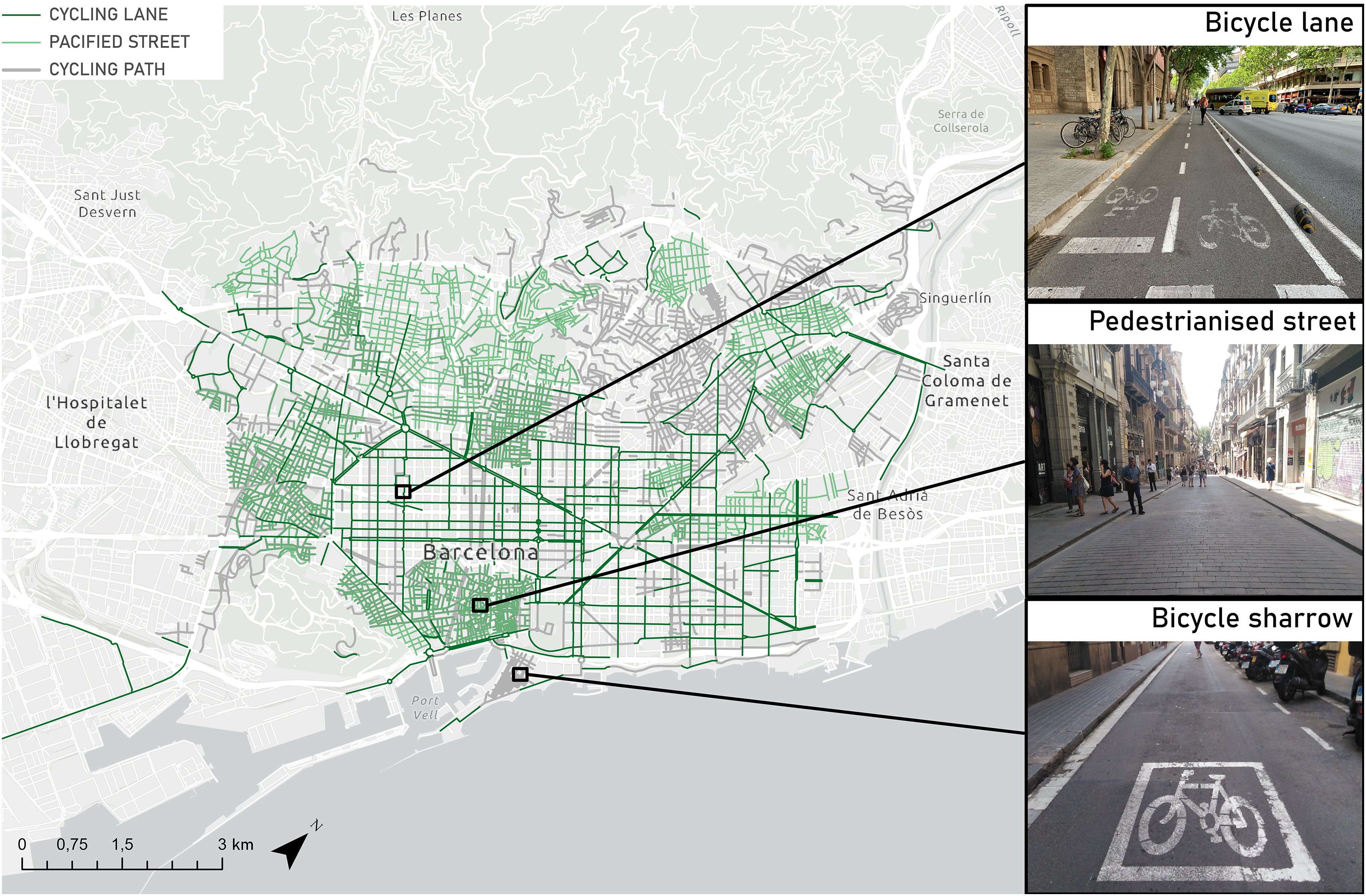Elsevier,
Green Analytical Chemistry, Volume 3, December 2022
How to determinemicroplatsctis in samples in a green way? Often sample preparation steps involve environmentally harmful chemicals. This artcile decsibes a robust, efficient and green sample preparation with a high separation quality.
Elsevier,
Future Foods, Volume 6, December 2022
Consumer behaviour towards nanopackaging, one of the most promising trends in food packaging, is systematically reviewed. Social norms, social concerns, and social media behavior are the social factors that drive consumer behaviour; while motivation, perception, learning, attitudes and beliefs, personality, and habits are the main psychological factors driving the consumer decision on buying or adopting the new trend in food packaging. Efforts supported by scientific evidence are needed to raise the awareness, knowledge and trust of consumers to improve consumers perception of sustainable packaging solutions.
Elsevier,
Biomass and Bioenergy, Volume 168, January 2023, 106661
Valuable chemicals can be produced from agricultural apple fruit waste, which needs to be well managed and has the potential to improve sustainability. This article uses a low-cost catalyst to enhance the efficiency of chemical production from apple fruit waste. This work contributes to affordable energy production, economic growth and CO2 emissions reduction, which are related to SDG 7, 8 &13, respectively.
Elsevier,
The Lancet Global Health, Volume 10, December 2022
This Article supports SDG 3 by highlighting findings from a population-level study of STI burden in Uganda, showing the need for global investment in innovative approaches that simultaneously test and treat HIV and STIs within existing health infrastructure, such as integrated HIV and STI service programmes within the President's Emergency Plan for AIDS Relief programme.


